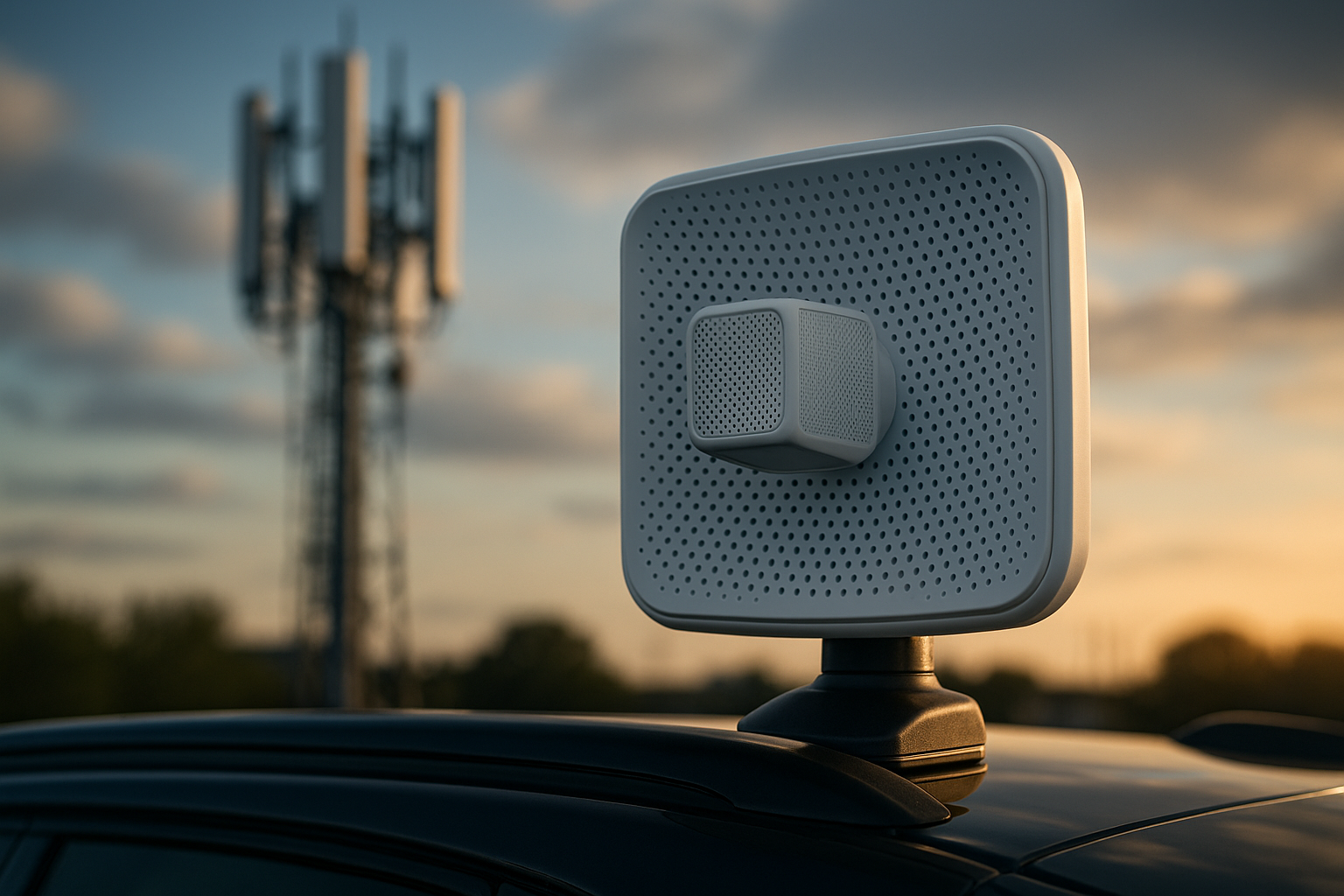Evaluating Connectivity Options: Cellular Bluetooth and Satellite Links
Choosing the right connectivity method for location devices involves trade-offs between coverage, power use, latency, and cost. This article compares cellular, Bluetooth, and satellite links for navigation, tracking, and telemetry so you can better match connectivity choices to use cases such as fleet monitoring, asset location, or personal wayfinding.

The choice of connectivity affects how reliably a device reports position coordinates, how long its battery lasts, and what features—like geofencing or real-time telemetry—are practical. Different links serve different roles: cellular offers broad coverage with variable costs and latency; Bluetooth enables short-range pairing and offloading; satellite links provide near-global reach where terrestrial networks do not. Understanding each option helps clarify trade-offs for mapping, positioning, and fleet or asset tracking deployments.
How does cellular support navigation and mapping?
Cellular connectivity ties devices to mobile networks, allowing continuous transfer of location data for navigation and mapping. For devices with SIMs or embedded cellular modules, GPS coordinates can be uploaded to cloud services for route calculations, live mapping, and remote monitoring. Coverage depends on carrier infrastructure; in urban and suburban areas cellular is usually suitable for frequent position updates. Latency is modest, enabling near-real-time tracking for many telematics and fleet applications, though data plans and signal variability should be considered.
What role does Bluetooth play in tracking and wayfinding?
Bluetooth is optimized for short-range communication and low power consumption, making it useful for proximity-based wayfinding and local asset discovery. Bluetooth Low Energy (BLE) beacons broadcast identifiers that smartphones or gateways use to infer location without constant satellite fixes. This approach is common for indoor mapping, room-level positioning, and offloading telemetry to a paired device that then relays data over cellular or Wi‑Fi. Bluetooth alone is not suitable for wide-area tracking but complements other links for hybrid solutions.
How do satellite links enable positioning and coordinates?
Satellite links provide positioning data (via GNSS) and, depending on the device, two-way communication via dedicated satellite networks. Where cellular and Wi‑Fi are absent—rural, maritime, or remote industrial sites—satellite connectivity ensures devices can transmit coordinates and receive commands. The trade-offs include higher latency, greater power draw for transmission, and typically higher service cost. Satellite-based telemetry and mapping are valuable when uninterrupted location reporting is critical and terrestrial networks are unavailable.
How is geofencing used for fleet and assets?
Geofencing uses coordinate triggers to mark virtual boundaries; when a locator enters or leaves such zones, the system generates alerts. Cellular and satellite links both support geofencing for fleet and asset management, with choice driven by coverage needs and alert timeliness. For short-range geofencing (e.g., on-premise inventory), Bluetooth beacons can provide precise zone detection. Effective geofencing combines accurate positioning, reliable connectivity, and appropriate battery management to ensure alerts arrive when expected.
How does telemetry affect locator connectivity and battery life?
Telemetry frequency, payload size, and transmission method strongly influence battery life and connectivity demands. Frequent live updates over cellular or satellite require more energy than intermittent uploads; Bluetooth relays to a nearby host can reduce on-device transmissions. Optimizing data rates, using edge processing to send only meaningful events, and selecting appropriate sleep cycles reduce battery drain. For long-term asset tracking, design choices balance the need for real-time telemetry against battery longevity and network availability.
What connectivity considerations apply for tracking and mapping in your area?
Local services, carrier coverage, and environmental conditions shape the best connectivity mix. Urban settings permit cellular-focused solutions with supplemental Bluetooth for indoor accuracy; remote settings often require satellite capability to maintain continuous tracking. Assess mapping accuracy needs, expected telemetry intervals, and whether wayfinding requires immediate updates or can tolerate batch transmissions. Evaluate trade-offs across coverage, latency, power, and maintainability to align connectivity with operational priorities.
A concise comparison of these approaches clarifies typical trade-offs: cellular offers broad coverage with moderate latency and manageable power draw; Bluetooth is low-power and ideal for short-range context and indoor mapping; satellite enables global reach at higher cost and energy use. Selecting or combining technologies—such as BLE for indoor wayfinding with cellular for backhaul, or satellite for remote failover—lets systems meet both positioning accuracy and operational constraints.
In summary, connectivity choices for navigation, tracking, and telemetry hinge on coverage requirements, energy budgets, and the urgency of location updates. Designing effective systems means matching satellite, cellular, or Bluetooth capabilities to the intended use—fleet monitoring, asset location, or personal wayfinding—while accounting for mapping needs, geofencing precision, and battery implications.





